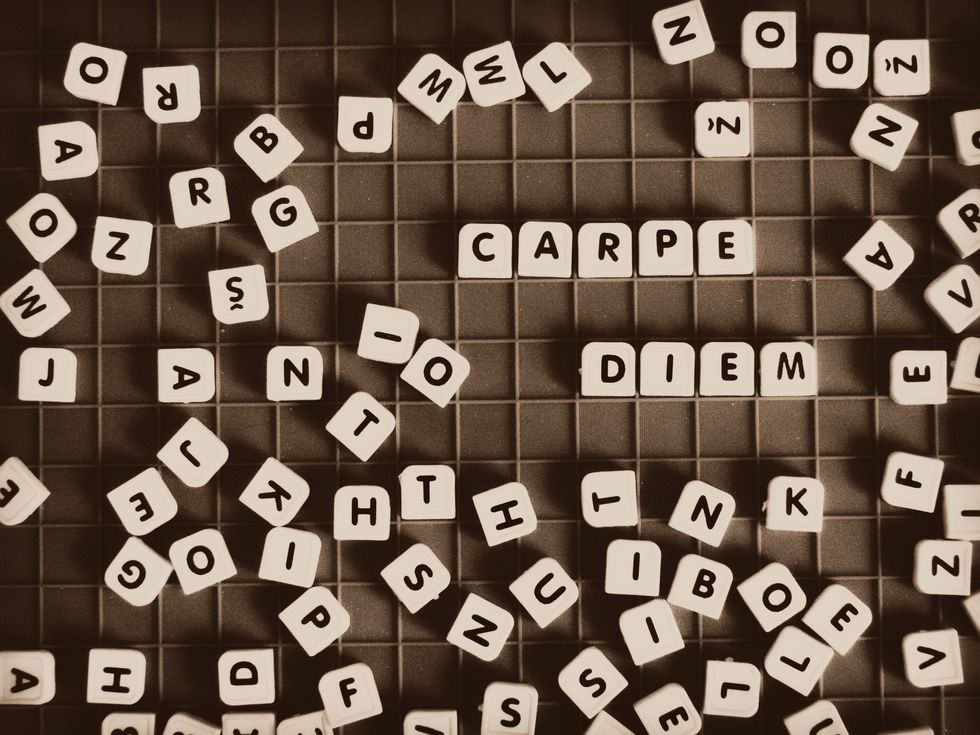Perhaps the most pessimistic story I have ever read is Margaret Atwood’s “Happy Endings.” Although in possession of a count of only four pages, reading this is, initially, thoroughly depressing. However, upon dissection, it is also incredibly reassuring.
Spoiler alert, everyone dies. That is both the message of the story and the fate all of its characters meet. In six subsections, a John as generic as Doe and a Mary as generic as Smith live six different lives in six different dimensions. In every single one, they die. After a predictable life of marriage and children, they die of natural causes. After an affair gone horribly wrong, they die to the echo of a gunshot. No matter the kind of life they lived, the characters still died.
Death is inevitable, and while that is not a particularly uplifting thought, there is something reassuring within the story. The end is going to come, so there is absolutely no use worrying about it. It cannot be stopped, so why bother thinking about it.
When you pick up a book to read or begin to watch a movie or Netflix series, you know that at some point it is going to end. However, the definiteness of its conclusion does not permit you from enjoying it. Life should be lived in an identical fashion. The focus should be on living and experiencing each day, not spending all your time living worrying about the end.
As Shel Silverstein wisely stated, “There are no happy endings. Endings are the saddest part, so just give me a happy middle and a very happy start.” Happy endings are the facets of fairy tales, everything begins and ends. Enjoy the inbetween.


















